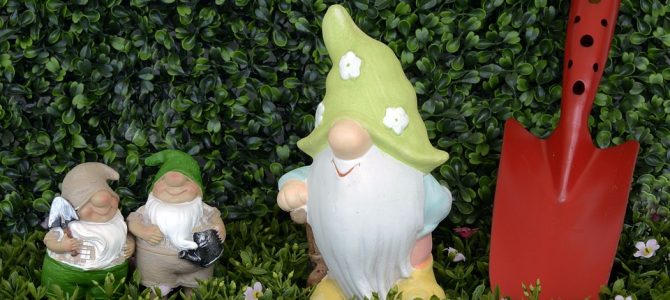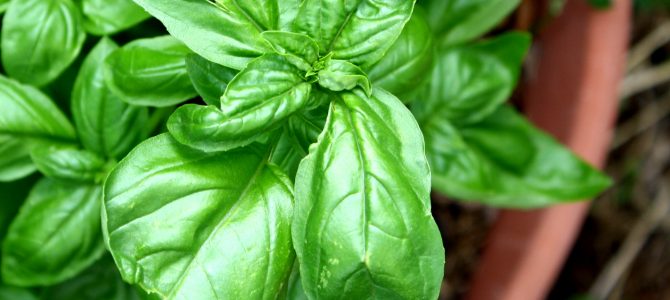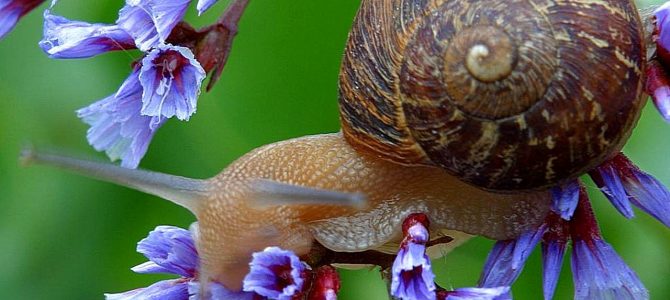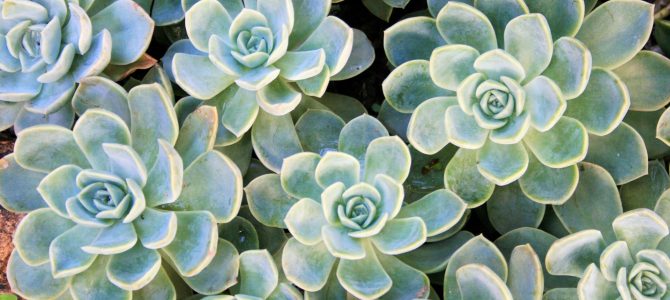Gardens add beauty and life to backyards, but basic planters aren’t the only way to grow your plants. In fact, there are dozens of fun ways that you can upcycle old objects to add a fun flair to your garden. These ideas are sure to make your garden and your backyard stand out.
Kooky containers
Honestly, you can turn pretty much anything in your house into a growing container. But some look (and work) better than others. Here are a few tried and true interesting potting container ideas:
- An old colander: if you love cooking, this is the pot for you
- Tin cans: paint your old tin cans bright colors, drill a hole in the bottom, and fill them with all sorts of plants
- Tea cups: A spot of tea never hurts, and planting in the old teacups you have lying around won’t either
- Pallet: planting in pallets adds a lovely, rustic side to your garden
- Watering cans: watering cans with plants in them look SO cute in a garden, trust me on this one
- Instruments: This idea is not for the faint of heart. It takes a bit more effort than those above. But if you have any old run down instruments lying around, they can make for a gorgeous addition to your garden.
Vertical gardens
Vertical gardens are a pretty trendy way to show off your plants nowadays, and for good reason. There are lots of ways to plant vertically. You can buy a vertical planter like this one, and although it is bound to look good, it sure does cost more. There are ways to DIY your vertical garden. Standing up an old pallet, filling it with soil, and planting in the gaps is one method. Building a planter with sturdy two by fours is another idea. If you don’t have that much space, you can always use a hanging basket to set up a raised plant in or outdoors for the same unique effect.
Decorations
There are all kinds of cute objects that make great additions to your garden. The classics, like garden gnomes, are never a bad decision, but if you want something more interesting, try hanging mason jars with tea lights in them, or hanging string lights across the garden. Try a bird bath filled with colorful pebbles and rocks. A bird cage with ivy-like plants flowing out of it always looks beautiful as well. Wind chimes also add a lot to any garden, and there are thousands of designs and options to choose from. And don’t forget fountains! This is a bit more of an expensive option, but a lovely little fountain sure does spruce up a backyard!
Of course, your hard earned plants should always be the star of your garden, but it certainly never hurts to add some exciting new items to your backyard. And, if you have a bunch of old, unused stuff lying around your house, start thinking about how you might be able to recycle them into something new! This way, you’ll give new life to old objects as new life springs up all around in your garden. Just get creative!




